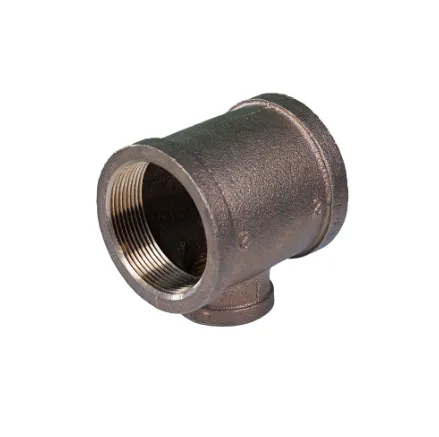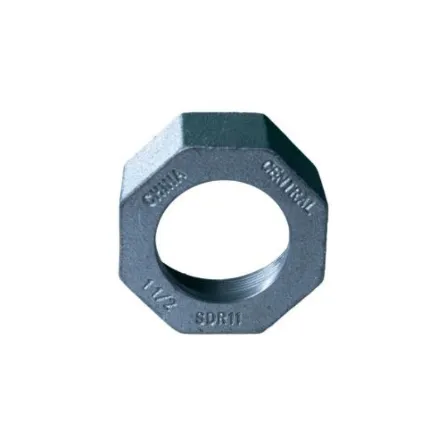Pipe connector fittings are essential components in any plumbing or industrial piping system. Their function ensures the seamless flow of liquids and gases, making them critical to the operation of residential, commercial, and industrial facilities worldwide. With the right fittings, systems operate efficiently and safely, preventing costly maintenance and hazardous leaks.

Selecting the ideal pipe connector fitting type is crucial for optimal performance. There are various types including elbow fittings, tee fittings, couplings, and flanges, each serving unique functions. Elbow fittings, for instance, are used to change the direction of a pipe, while tee fittings allow the flow from one line to split into two or for two flows to merge into one. Understanding these differences requires not only basic comprehension but also professional expertise, as it ensures compatibility and efficiency within the system.
The importance of material selection cannot be overstated. Brass, copper, stainless steel, and plastic are common materials used in manufacturing pipe fittings. Each material has specific properties making it suitable for particular environments. Stainless steel, renowned for its corrosion resistance and durability, is preferred in demanding industrial applications. On the other hand, plastic fittings, while cost-effective and resistant to scale build-up, might not withstand high pressure or temperature. Choosing the incorrect material can lead to premature failure, increased maintenance costs, and potential safety hazards.

Authentic expertise in pipe connector fittings also encompasses the proper understanding of sizing. Fittings are available in numerous sizes, and selecting the appropriate size is pivotal for system reliability. An incorrect size can cause inefficiencies, leaks, or system breakdowns. Standard sizing is based on the nominal pipe size (NPS) or the dimension in inches, and professionals often refer to extensive sizing charts and technical data sheets to ensure accuracy.
pipe connector fittings
Furthermore, innovation in pipe connector fittings continues to drive technological advancements within the industry. Quick-connect fittings, for instance, reduce installation time and labor costs. Designed for ease of use, they do not require specialized tools, making them ideal for rapid or temporary setups. Such innovations highlight the importance of staying informed about industry trends and technological advancements to maintain system efficiency and cost-effectiveness.
When considering a purchase, the reliability of the manufacturer is as important as the product itself. Established manufacturers adhere to strict quality control standards, ensuring their fittings can withstand rigorous testing and demanding conditions. A manufacturer's reputation, reflected in customer reviews and industry certifications, provides insight into the product's credibility and trustworthiness. Choosing products from reputable sources ensures peace of mind and reduces the risk of system failures.
In conclusion, the nuanced field of pipe connector fittings demands a fine balance of experience, expertise, authority, and trustworthiness. Understanding the complexities of fittings types, materials, sizes, and the latest innovations is imperative for any professional in the field. By keeping informed and choosing wisely, the integrity and efficiency of any piping system can be maintained or even enhanced, ultimately achieving long-term operational success.
Post time:
జన-25-2025











